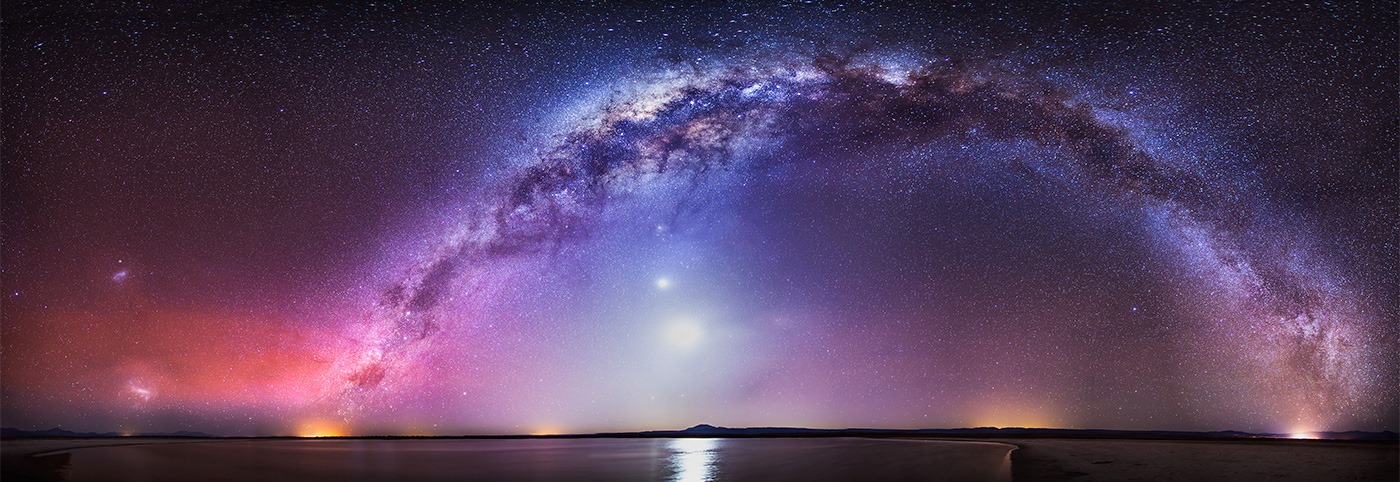(Untitled)
Can you find the Rosette Nebula? The red flowery-looking nebula just above the image center may seem a good choice, but that’s not it. The famous Rosette Nebula is really […]

Can you find the Rosette Nebula? The red flowery-looking nebula just above the image center may seem a good choice, but that’s not it. The famous Rosette Nebula is really […]
APOD is 30 years old today. In celebration, today’s picture uses past APODs as tiles arranged to create a single pixelated image that might remind you of one of the […]
How different does sunset appear from Mars than from Earth? For comparison, two images of our common star were taken at sunset, one from Earth and one from Mars. These […]
What are all those streaks in the sky? A galaxy, many satellite trails, and a few meteors. First, far in the distance, the majestic band of our Milky Way Galaxy […]
In this Hubble Space Telescope image the bright, spiky stars lie in the foreground toward the heroic northern constellation Perseus and well within our own Milky Way galaxy. In sharp […]
On April 20, 2023 the shadow of a New Moon raced across planet Earth’s southern hemisphere. When viewed along a narrow path that mostly avoided landfall, the Moon in silhouette […]
Do you know the names of some of the brightest stars? It’s likely that you do, even though some bright stars have names so old they date back to near […]
Can you identify this celestial object? Likely not — because this is a discovery image. Massive stars forge heavy elements in their cores and, after a few million years, end […]
The bright clusters and nebulae of planet Earth’s night sky are often given the names of flowers or insects, and its whopping 3 light-year wingspan, NGC 6302 is no exception. […]
Savudrija lighthouse shines along the coast near the northern end of the Istrian peninsula in this well-composed night skyscape. A navigational aid for sailors on the Adriatic Sea, the historic […]